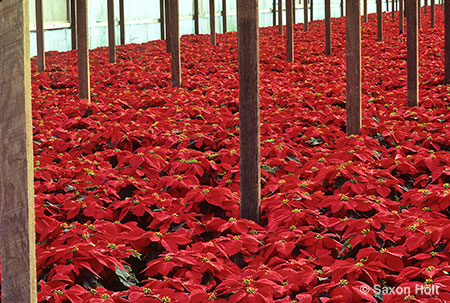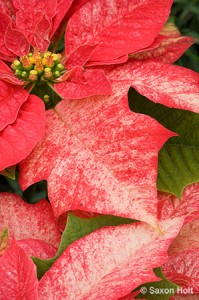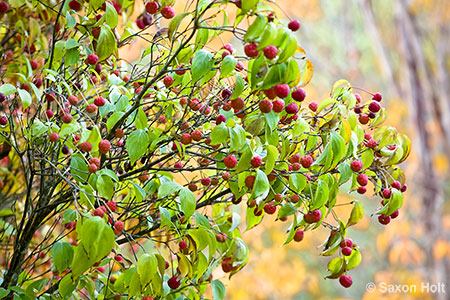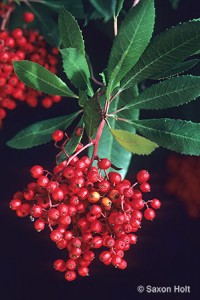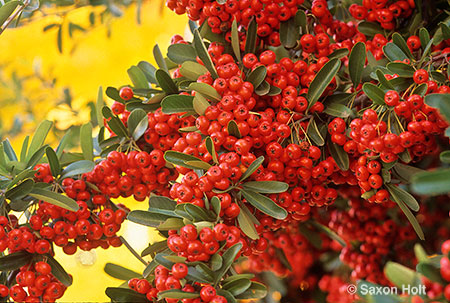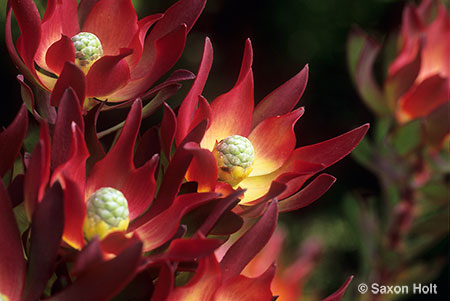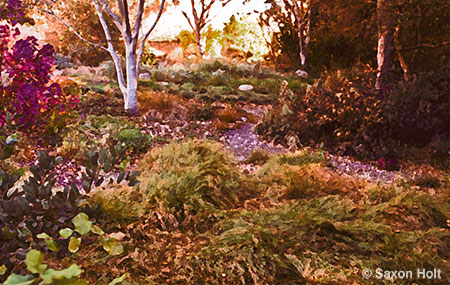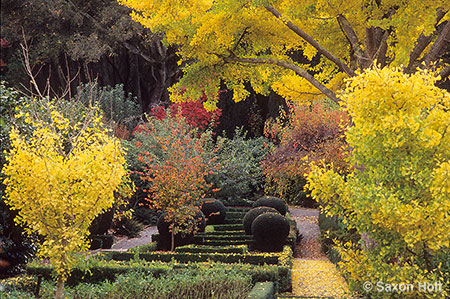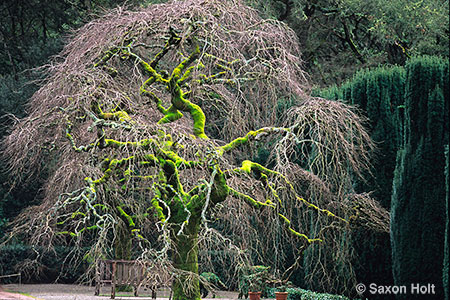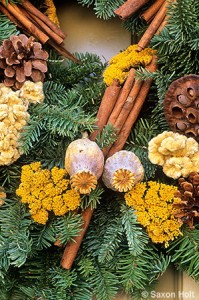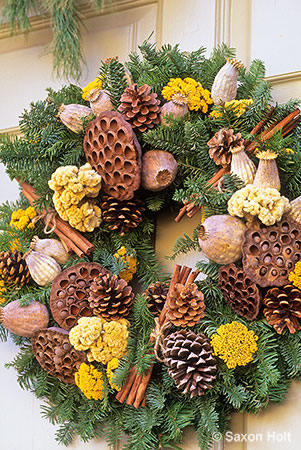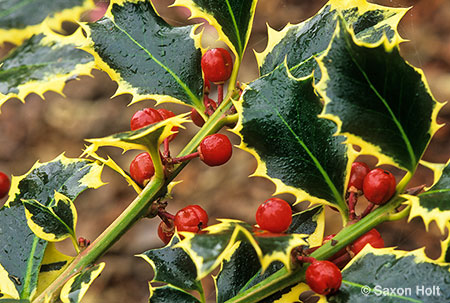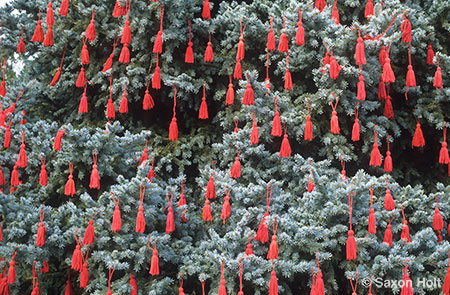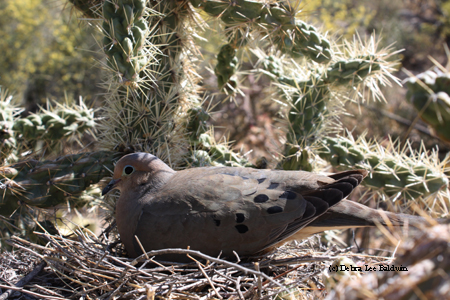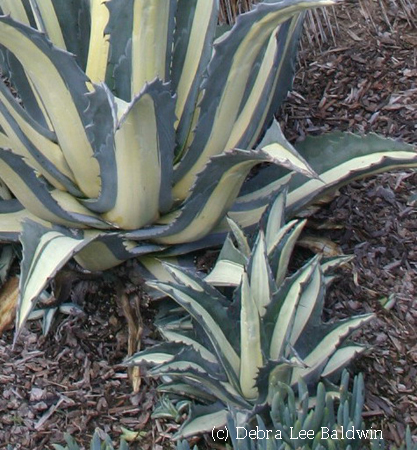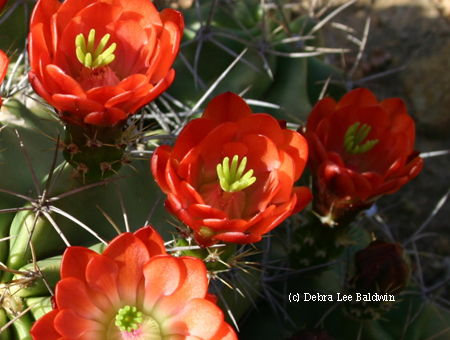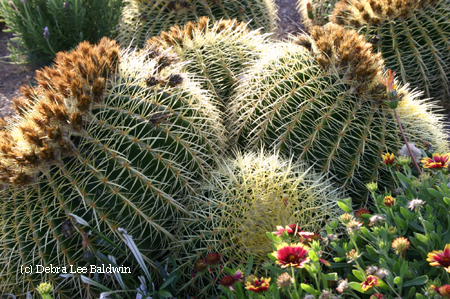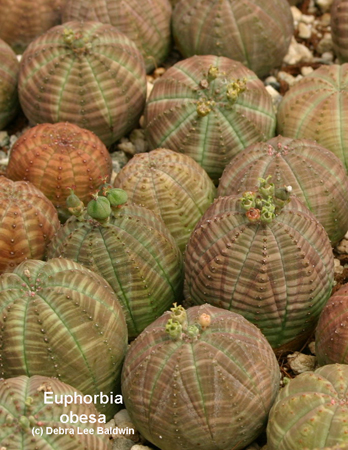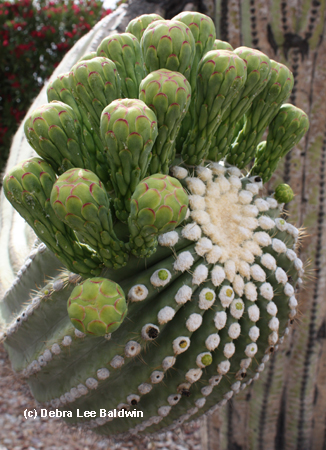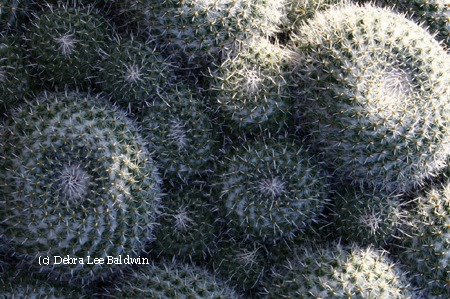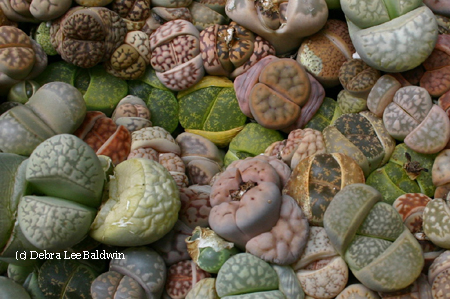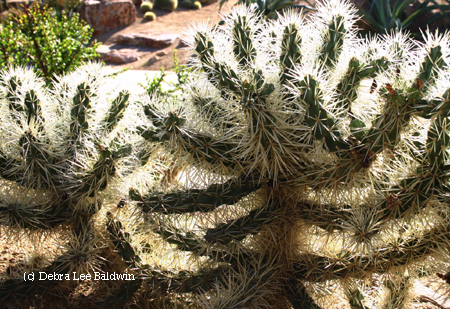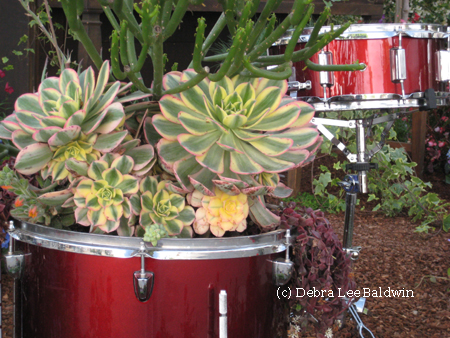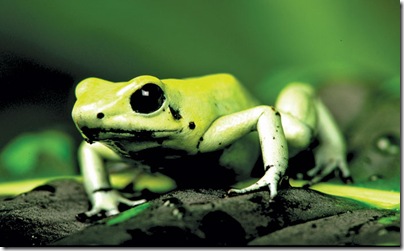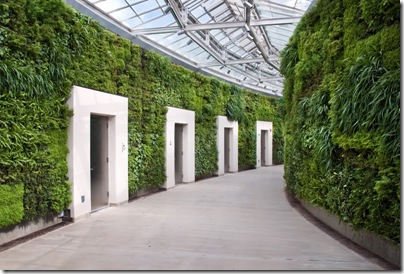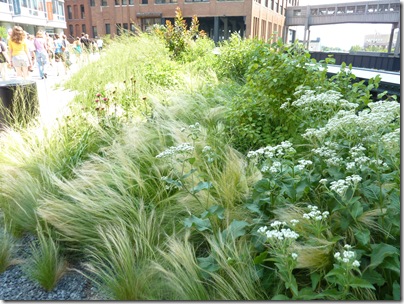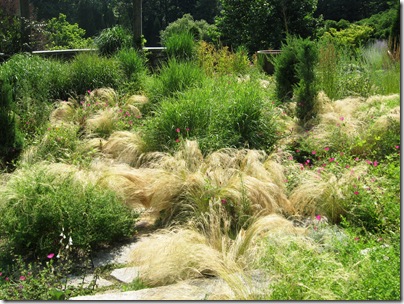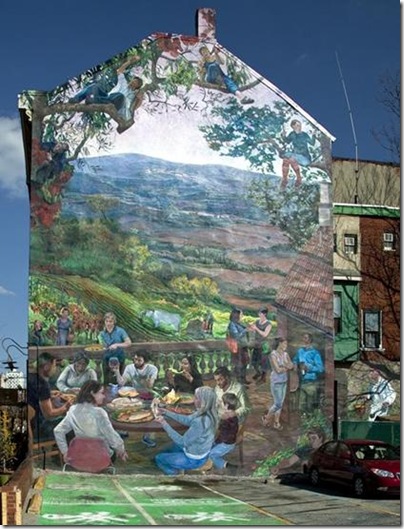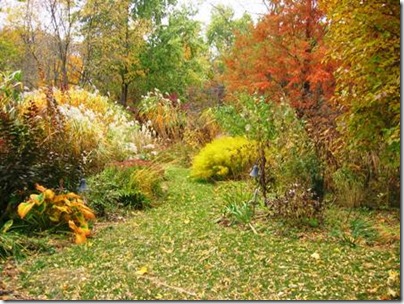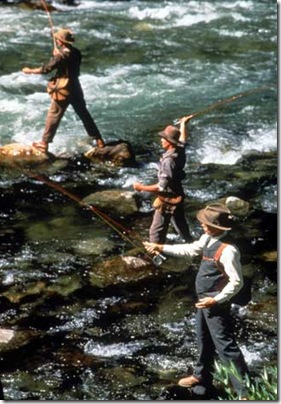December is now the most commonly requested calendar photo by my various publishers.? This is because many calendars now include 13 months, adding December of the year it is sold to the 12 months of the upcoming year.
So, for my posting here, I thought it might be fun to show the variety of photos I have used to illustrate December.?? There are some obvious choices such as Poinsettia but for a gardener’s calendar I want to go beyond the obvious, so I try to include images with some subtleties that might appeal to a discriminating gardener.
For instance nearly all Poinsettias (Euphorbia pulcherrima) are grown in California, originating with Paul Ecke Ranch which gives me the opportunity to show a different sort of December photo – in? greenhouse.? And then there are all the Poinsettia cultivars !? Gardeners are at once fascinated and appalled by this, but there is no denying that the breeders are having fun with plant genetics.
Poinsettias are such a popular subject because they are so showy and red at a time of year when we do not expect much from our gardens.? I posted last year about Red and Green at Christmas, going into a bit of the garden origins? of red at Christmas.? I did not know then that the photo of Cornus kousa with red berries I had just photographed for the blog would be in a calendar so soon.
Red berries can make for classic Christmas time photos, and in fact, our California native Toyon shrub (Heteromeles arbutifolia) is called Christmas berry.? The woods around me are usually full of berries this time of year, though this year I seem to see far more Madrone berries than Toyon. This shot, of the berries isolated against the dark intreior of the tree really makes the redness stand out.
Pyracantha berries are also quite showy and they continue to be until they shrivel in the spring.? Not many birds like them as I hear they make them drunk.? Hmmm – seems perfect for an avian holiday party.? I loved finding this virtually wild pyracantha in front of a grove of poplars wth yellow fall color.? Strong color is always a good consideration when planning a calendar submission.
The 2011 Inspired Flower and Garden calendar from True Image is one that has two December photos, and since the photos are all my own I got to pick which I wanted.? To go with the Cornus kousa photo earlier, I chose an unexpected companion, one without much bright color – Leucadendron salignum ‘Winter Red’.
Being a California photographer has many blessings but I am very aware that we are not typical of the rest of the gardening world.? Our Mediterranean climate and plant palette give new meaning to seasonality, especially in context of our mild rainy winters.? I am never really sure what to send a publisher when I am asked for winter photos and usually end up simply? hoping for a good location caption.
But calendar photos almost by definition scream out “You can’t do this at home”, and are for those who just want to dream. If you have been following my fellow Gardening Gone Wild cohort Debra Lee Baldwin’s previous and most clever post? “The 12 Days of Cactus”, you know we here are not expecting the rest of the gardening world to do what we can do in California.
Not only do I routinely include succulent photos for my December calendar submissions, I am increasingly comfortable showing grass gardens in our California winters.? One of my very favorites, taken from my book “The American Meadow Garden” is Dave Fross’ meadow at Native Son’s Nursery.? I stylized this particular version.
But we do have some more typical winter scenes here in Northern California, where it gets cold enough for good fall color and deciduous trees.? The fantastic gardens at Filoli provide inspiration for gardeners year around but unfortunately are closed in winter.? By the time the Ginkgo trees turn butter yellow in December most visitors never get to see it.
And Filoli’s amazing Camperdown Elms make wonderful photos.? This one was the favorite one at my October ‘Picture the Enduring Garden’ lecture at San Francisco Botanical Garden and I made a print for every one at the lecture.
A classic motif for gardeners to express themselves in winter is with wreaths and swags to decorate windows and doors.? Several years ago I visited Colonial Williamsburg in December and was amazed at the diversity of these winter decorations all made from natural materials.
These wreaths show some of the classic materials we can find in winter gardens such as evergreens, pine cones, seed heads (aren’t the lotus pods exquisite?), and dried flowers.? But I found wonderful local materials in several wreaths using the likes of oyster shells, large dried leaves of tobacco, and pheasant feathers.
Holly leaves make great December photos since many gardeners look to evergreens for winter interest.? With red berries ?? So much the better for this simple but carefully composed image in my garden.? I wish we had snow to really make it feel like winter.? No, actually I am fine without any snow.
I finish with this lovely spruce tree covered with red tassels.? I? have not yet used this in any published calendar.? But who know what the new year will bring ?
Wishing all of you good health, much happiness and the beauty of gardens to sustain us.
This entry passed through the Full-Text RSS service — if this is your content and you're reading it on someone else's site, please read our FAQ page at fivefilters.org/content-only/faq.php
Five Filters featured site: So, Why is Wikileaks a Good Thing Again?.
